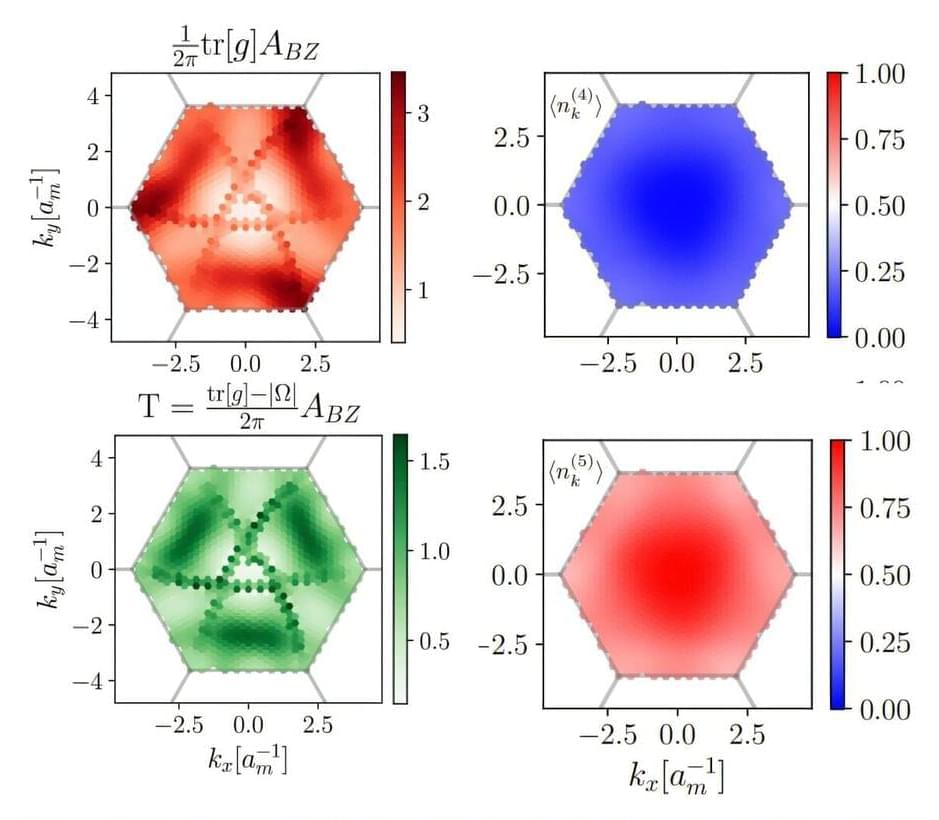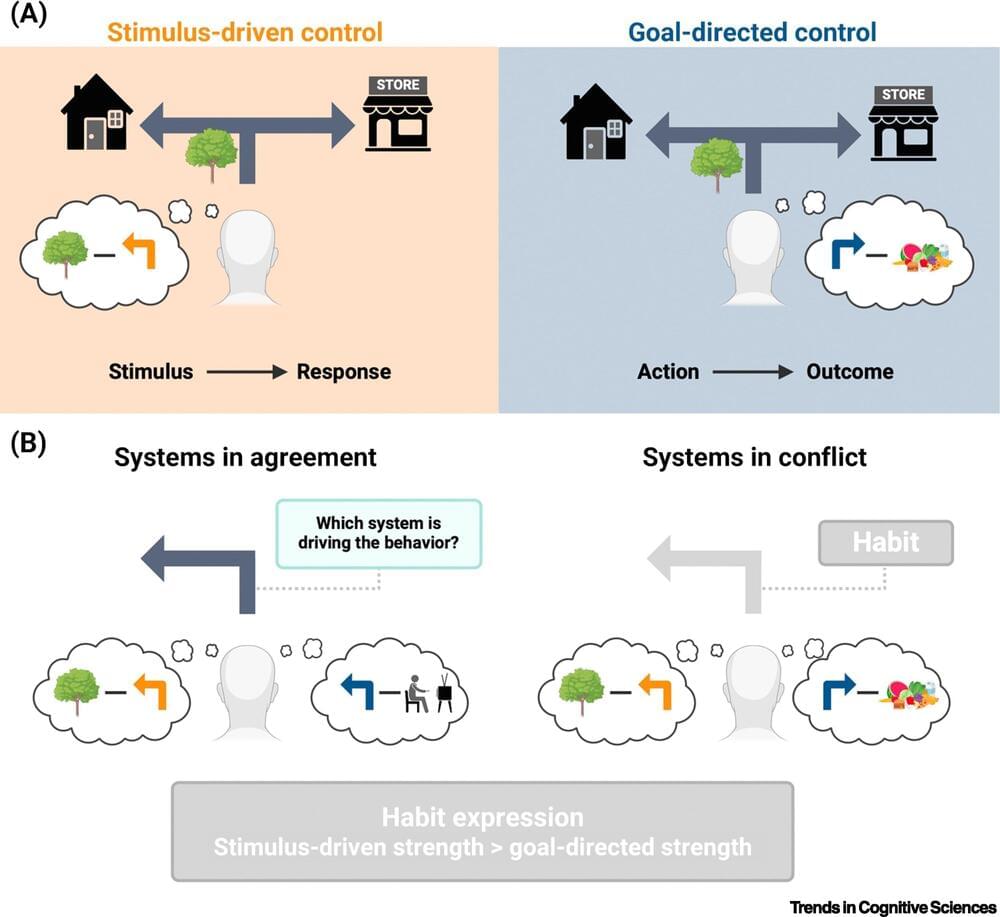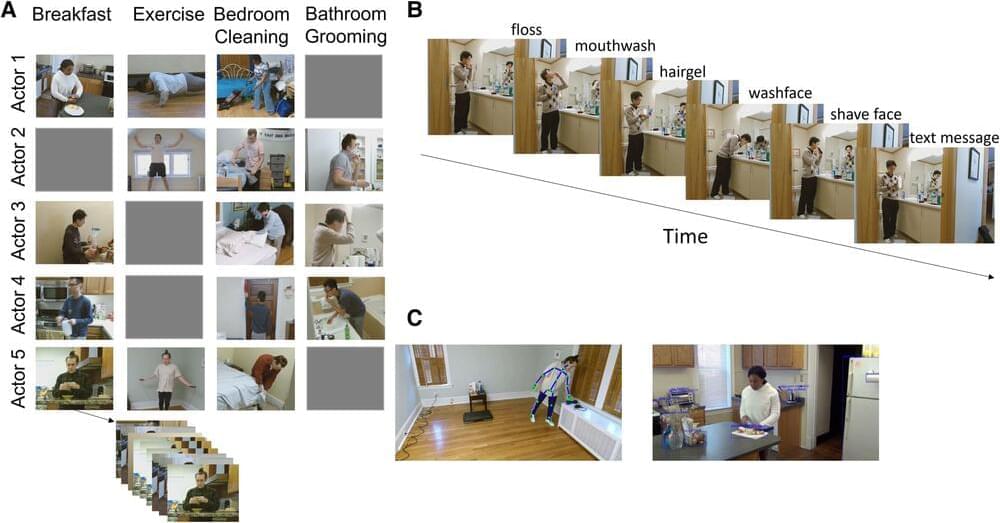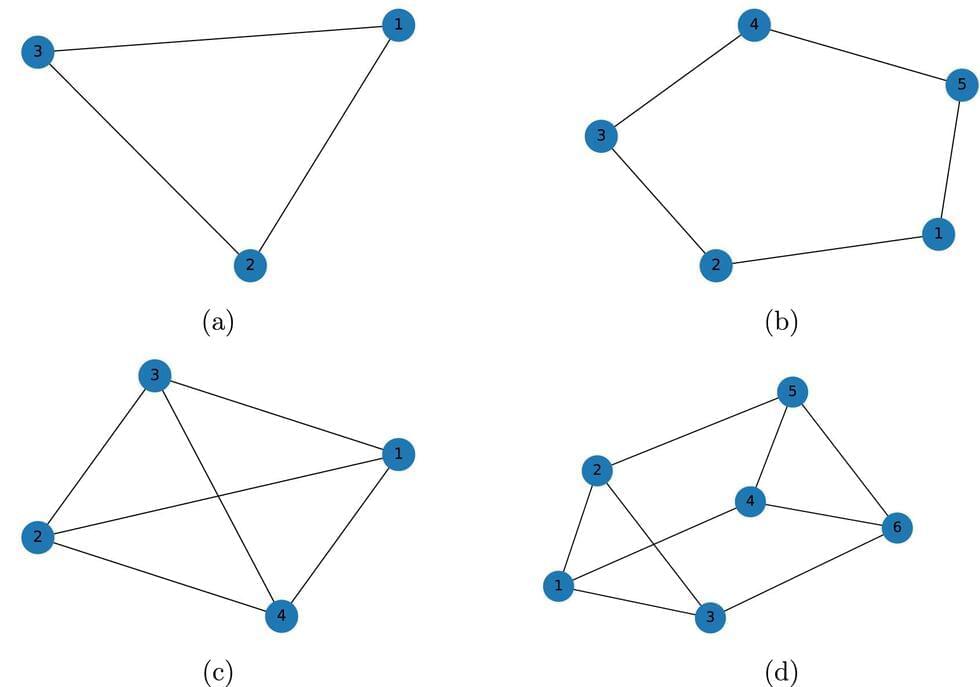
Scientists have developed a novel technique using high-energy particle collisions at the Relativistic Heavy Ion Collider (RHIC), a U.S. Department of Energy (DOE) Office of Science user facility for nuclear physics research located at DOE’s Brookhaven National Laboratory. Detailed in a newly published paper in Nature, this method complements lower-energy approaches for studying nuclear structure. It offers deeper insights into the shapes of atomic nuclei, enhancing our understanding of the building blocks of visible matter.
“In this new measurement, we not only quantify the overall shape of the nucleus — whether it’s elongated like a football or squashed down like a tangerine — but also the subtle triaxiality, the relative differences among its three principle axes that characterize a shape in between the ‘football’ and ‘tangerine,’” said Jiangyong Jia, a professor at Stony Brook University (SBU) who has a joint appointment at Brookhaven Lab and is one of the principal authors on the STAR Collaboration publication.
Deciphering nuclear shapes has relevance to a wide range of physics questions, including which atoms are most likely to split in nuclear fission, how heavy atomic elements form in collisions of neutron stars, and which nuclei could point the way to exotic particle decay discoveries. Leveraging improved knowledge of nuclear shapes will also deepen scientists’ understanding of the initial conditions of a particle soup that mimics the early universe, which is created in RHIC’s energetic particle smashups. The method can be applied to analyzing additional data from RHIC as well as data collected from nuclear collisions at Europe’s Large Hadron Collider (LHC). It will also have relevance to future explorations of nuclei at the Electron-Ion Collider, a nuclear physics facility in the design stage at Brookhaven Lab.









